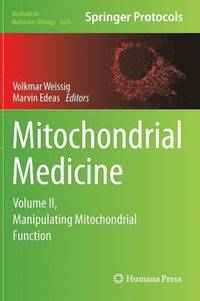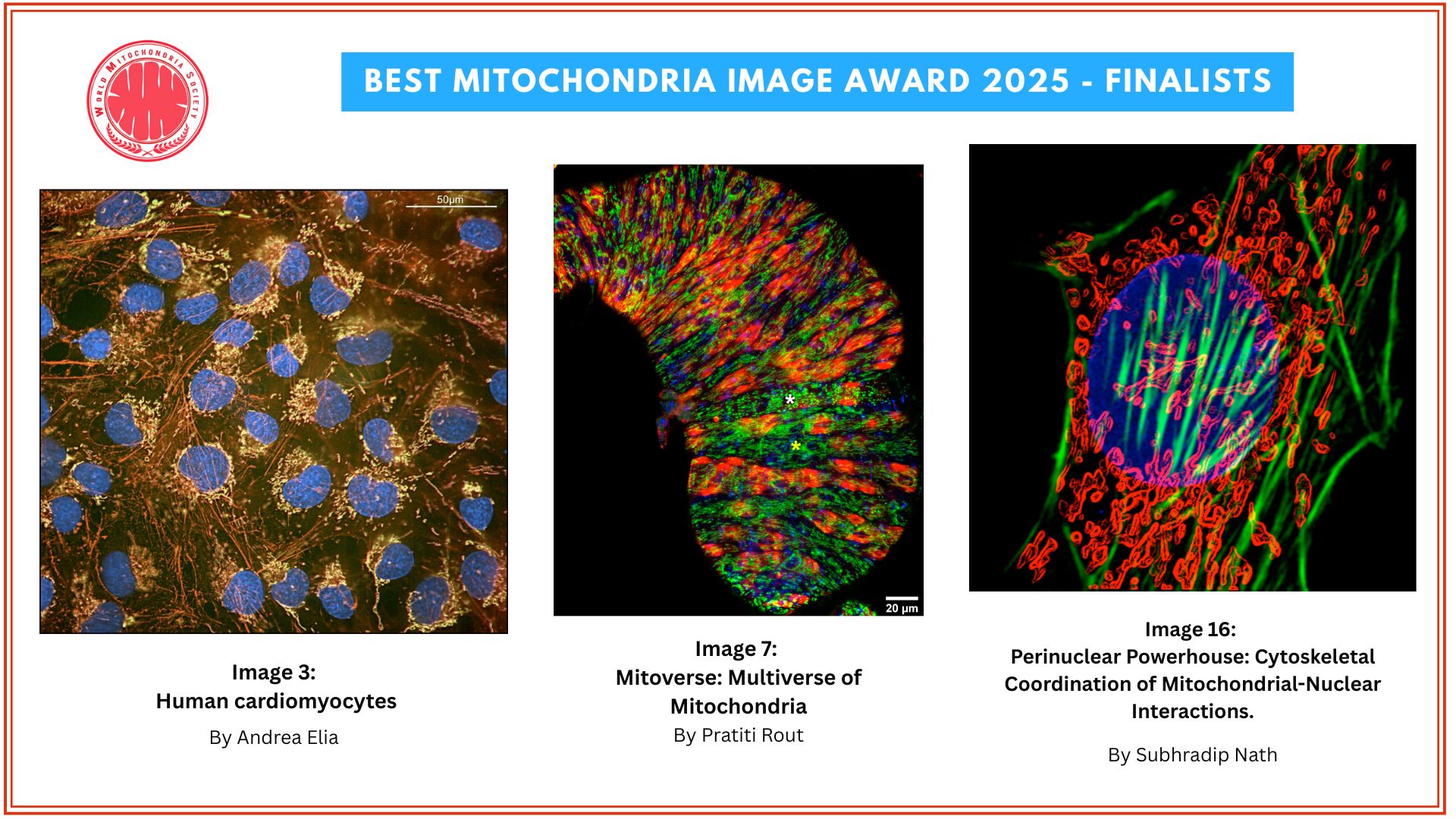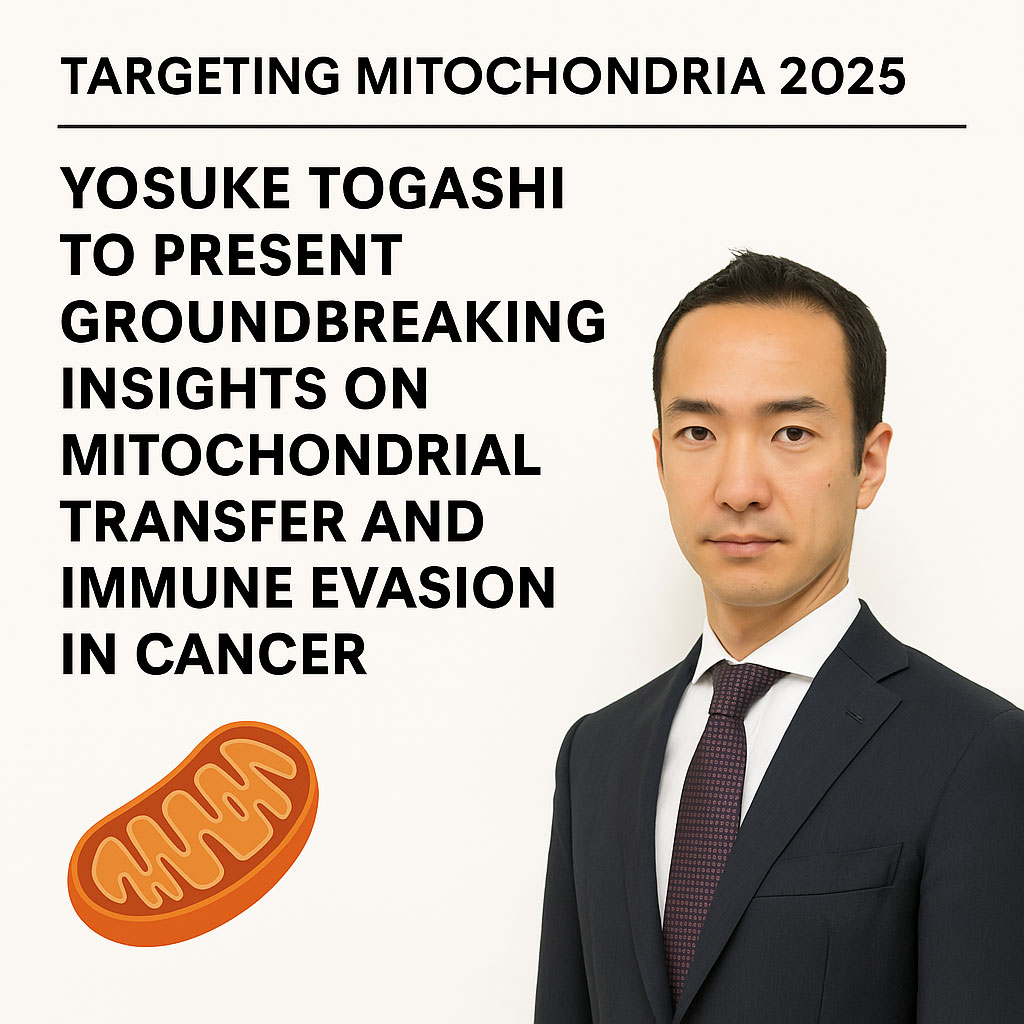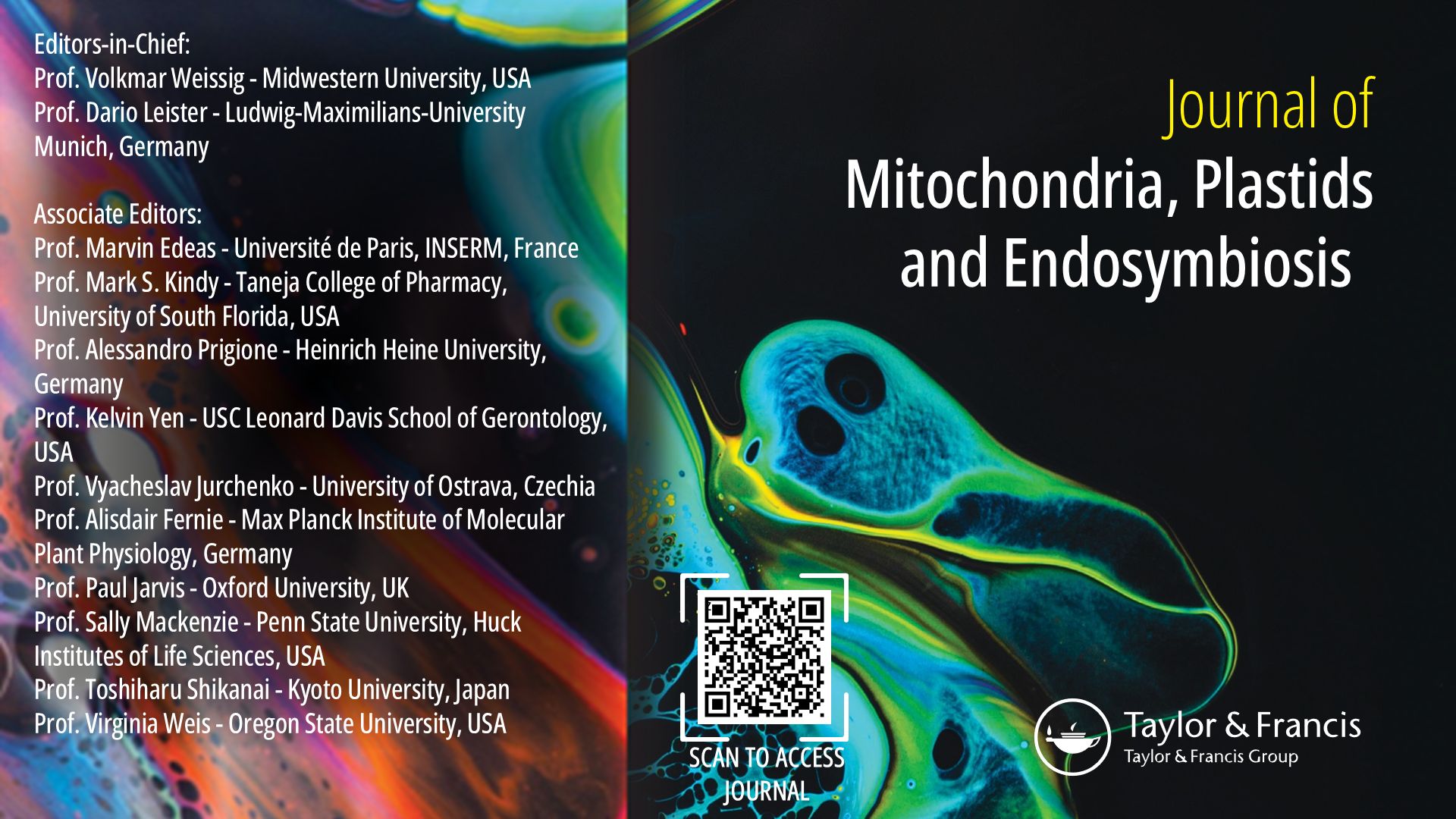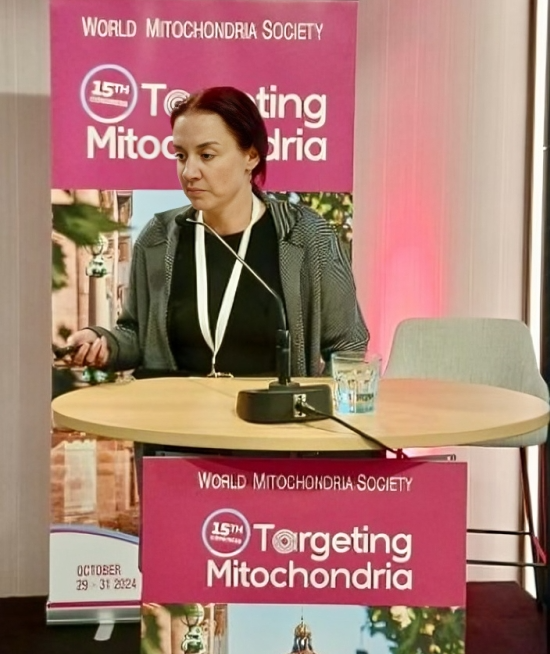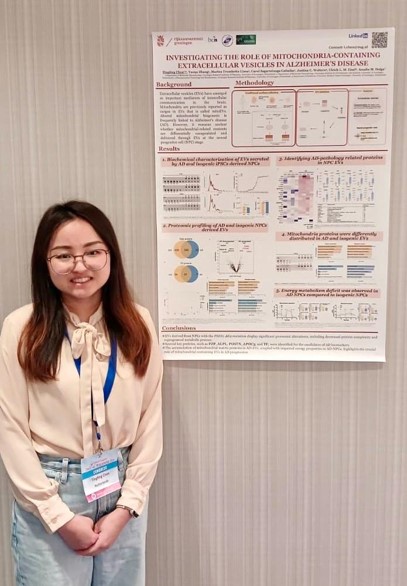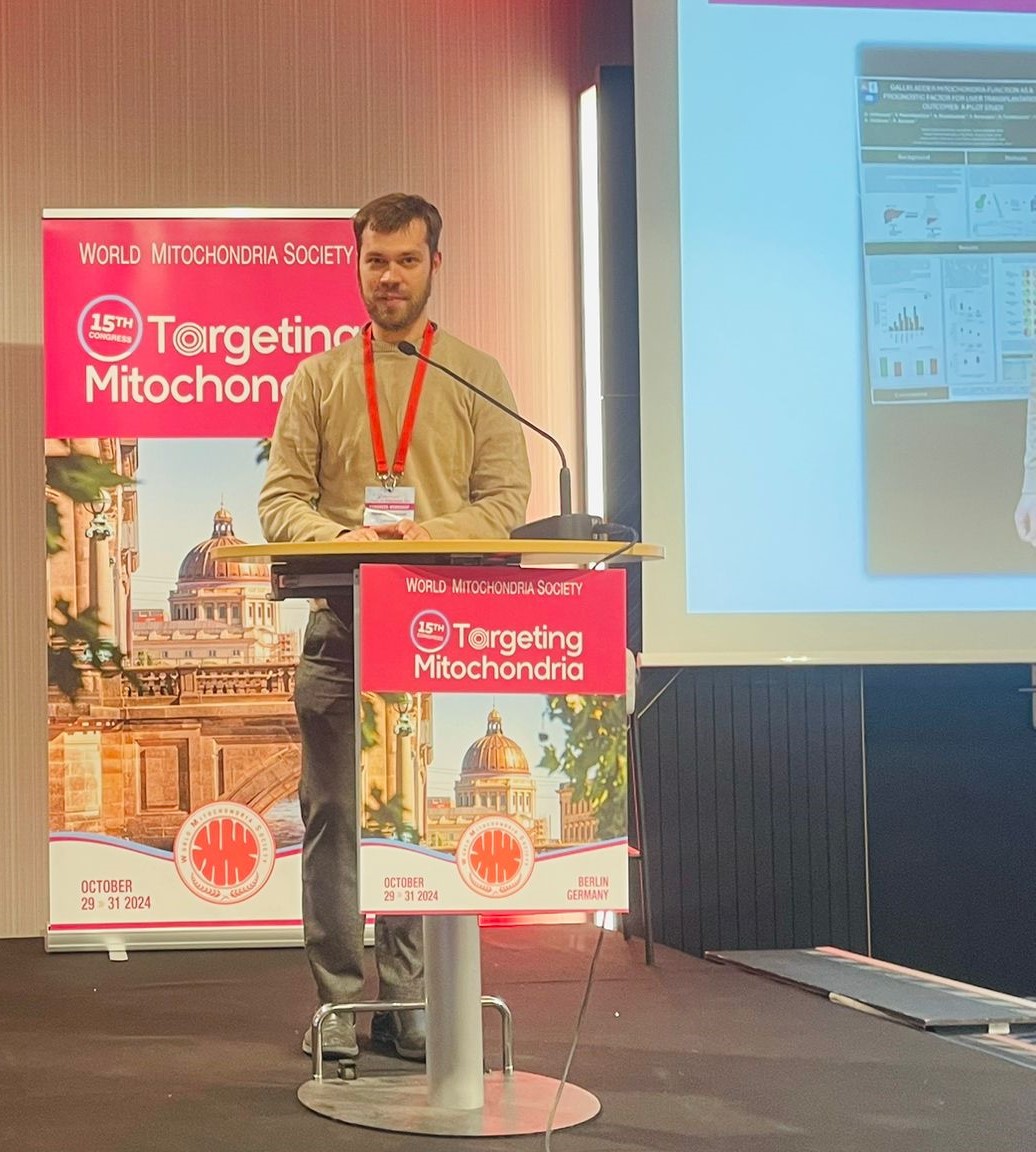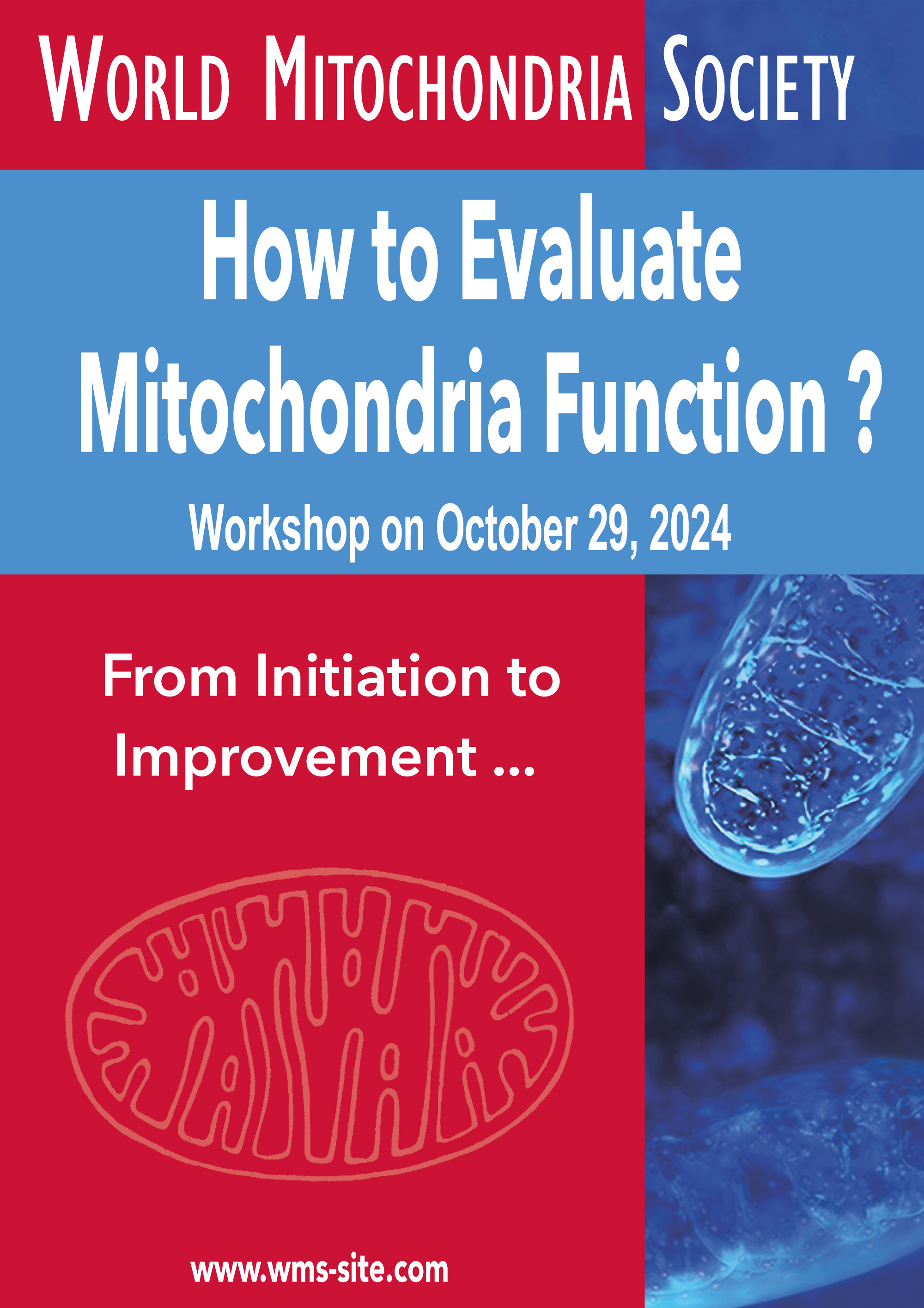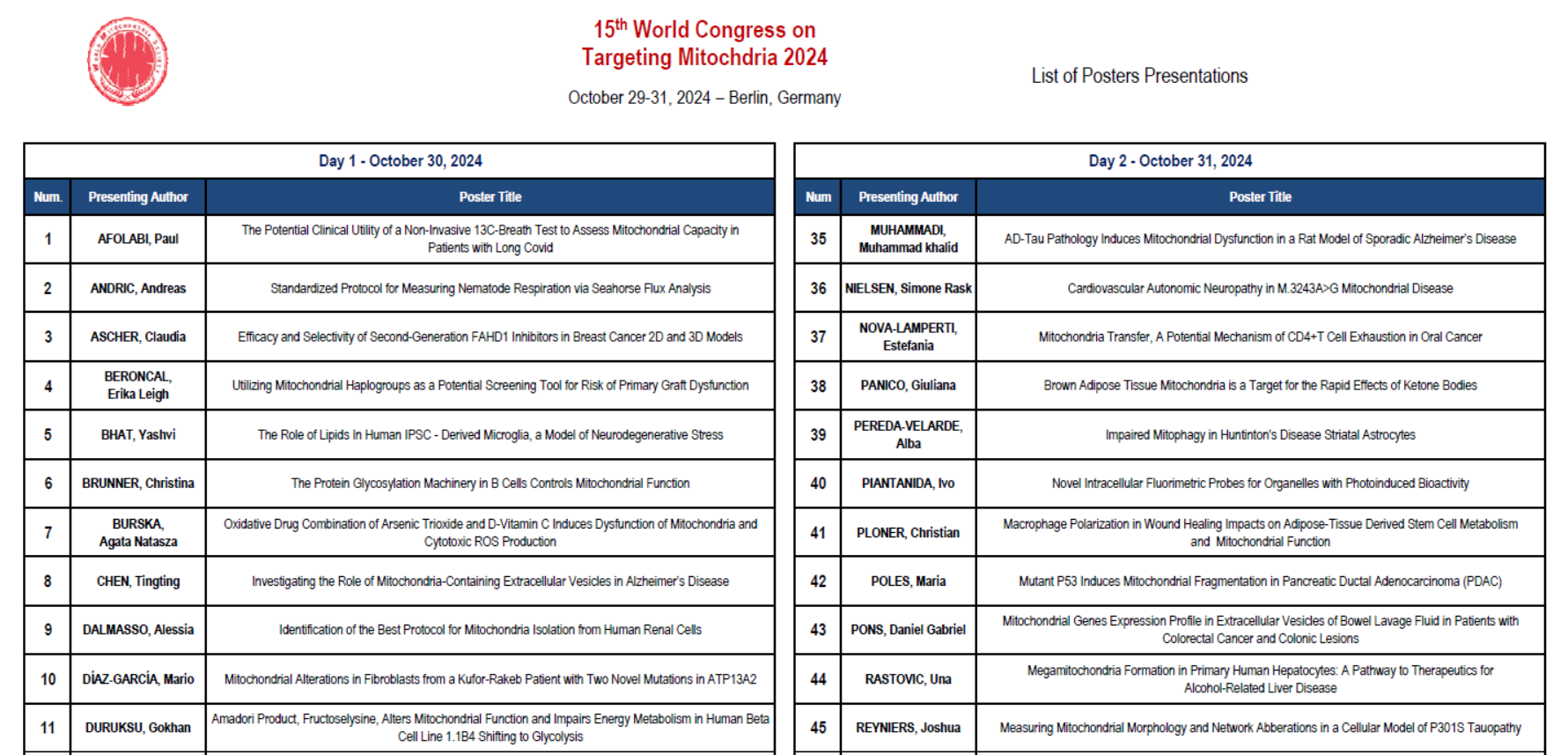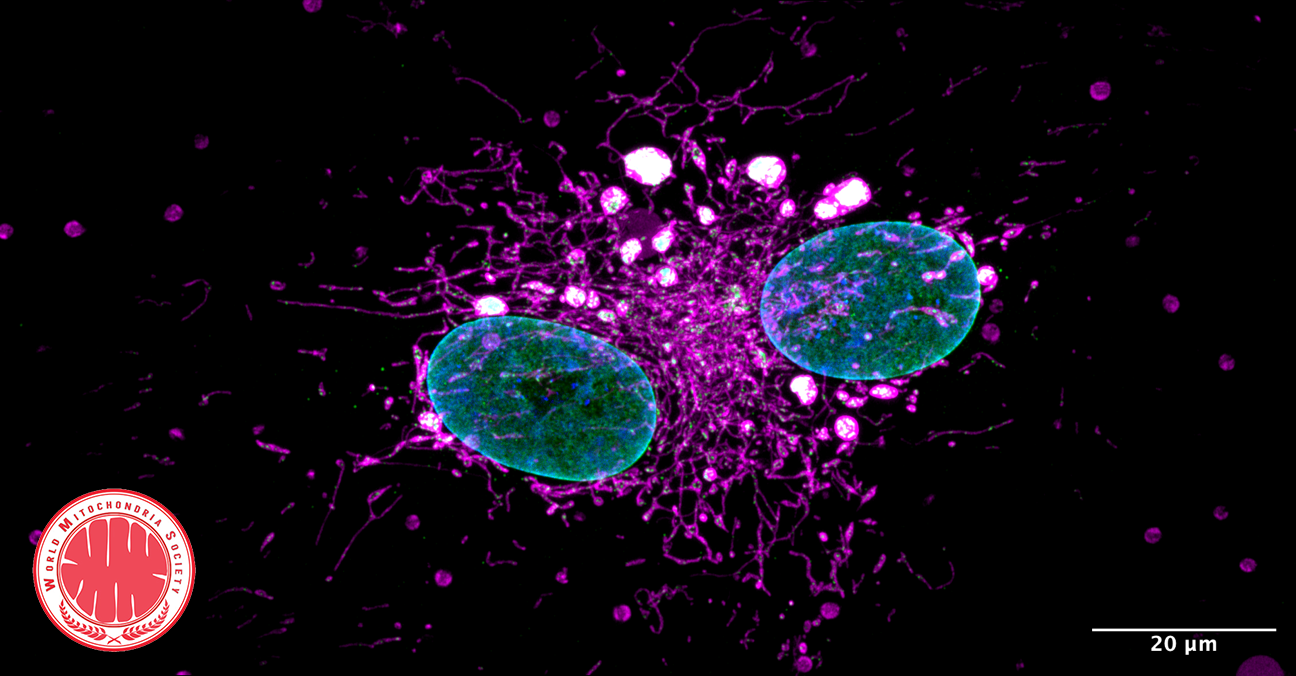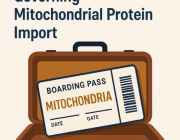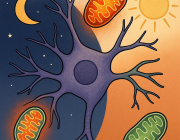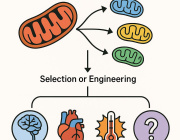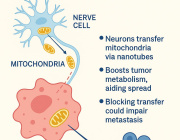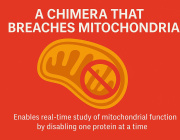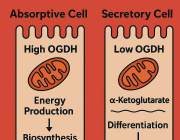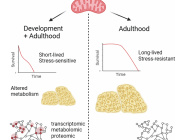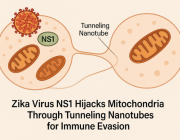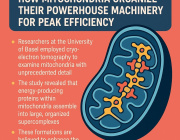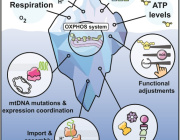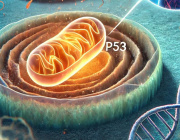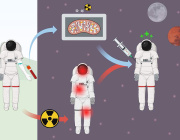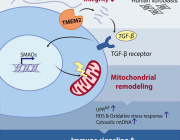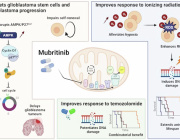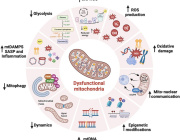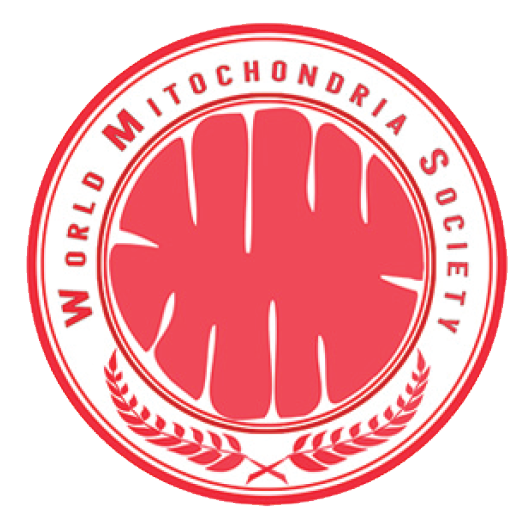Mitochondria and Skin: Mitochondria in Wound Healing
 During Targeting Mitochondria 2019, a Special session will be dedicated to Mitochondria, Metabolism and Skin.
During Targeting Mitochondria 2019, a Special session will be dedicated to Mitochondria, Metabolism and Skin.
One of the speakers of this session is Dr. Jakob Wikström from Karolinska University Hospital, Sweden and present his research work entitled "Mitochondria and Skin: Mitochondria in Wound Healing".
Dr. Jakob Wikström: "Healing of common chronic skin leg ulcers in the elderly requires ATP to regenerate lost tissue. While wound oxygen treatment has been investigated in depth the role of the oxygen recipient – mitochondria – has gotten little attention. Here we present our results on the role of mitochondria in human wound healing".
For more information about Targeting Mitochondria 2019: www.targeting-mitochondria.com
Mitochondrial damage and renewal in Wilson disease will be presented by Prof. Hans Zischka
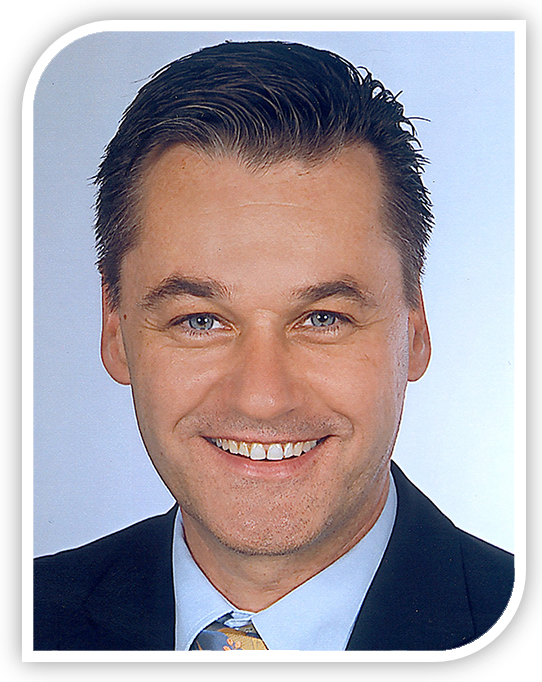
Prof. Hans Zischka from Institute of Molecular Toxicology and Pharmacology, Germany will speak about "Mitochondrial damage and renewal in Wilson disease".
Wilson disease (WD) is a hereditary defect in the metabolism of copper. Here, the liver is unable to eliminate excess copper causing its accumulation primarily in liver and brain. In neurons and hepatocytes, a rising copper overload particularly damages their mitochondria. However, sometimes years pass before cell death occurs, suggesting the possible existence of intracellular protective mechanisms that can counteract such mitochondrial poisoning.
Prof. Zischka examined cell cultures from WD patients but also WD rodent models for their reaction to copper.
He observed that the hepatocytes reacted to copper overload with an intensification of the mechanisms support autophagy. Particularly, the copper-overloaded mitochondria are affected by this process (in this case called mitophagy). However, mitophagy helps only up to a certain level of copper overload and other treatments need to be employed to avoid cell death. Nevertheless, these results demonstrate the potential for cell regeneration resulting from auto-/mitophagy, which could be also relevant for other disorders that arise or are paralleled by cell-toxic metal accumulations.
For more information about Targeting Mitochondria 2019: www.targeting-mitochondria.com
Mitochondria and Skin: A dedicated session during Targeting Mitochondria 2019
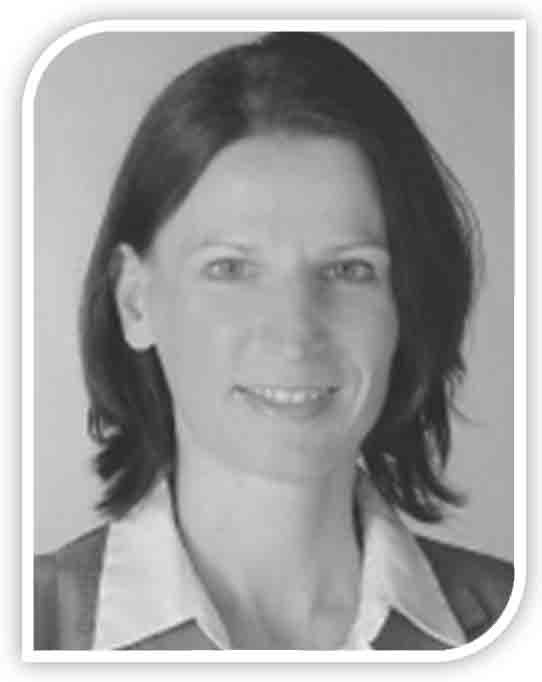 Dr. Sibylle Jäger from L’Oréal Research & Innovation, France will join the Targeting Mitochondria 2019 Congress and speak about a dedicated session during "Role of PGC-1s in human epidermal physiology".
Dr. Sibylle Jäger from L’Oréal Research & Innovation, France will join the Targeting Mitochondria 2019 Congress and speak about a dedicated session during "Role of PGC-1s in human epidermal physiology".
During Targeting Mitochondria 2019, a Special session will be dedicated to Mitochondria, Metabolism and Skin. One of the speakers of this session will be Dr. Sibylle Jäge.
She will highlight: "Altered metabolism is a hallmark of aging, and key regulators of metabolism, notably members of the peroxisome proliferator activated receptor gamma coactivator (PGC)-1 family have been implicated in aging and its associated conditions. However, the roles of PGC-1s in skin physiology and aging have been largely unexplored. She investigated the potential role of PGC-1s in skin using human epidermal primary keratinocytes and living epidermal equivalents. Overall, her results show that PGC-1s are essential components of epidermal physiology, revealing a novel axis that could be targeted in skin conditions and aging".
For more information about Targeting Mitochondria 2019: www.targeting-mitochondria.com
Role of actin-regulating proteins on mitochondria - Introduction by Prof. Cartrsten Culmsee
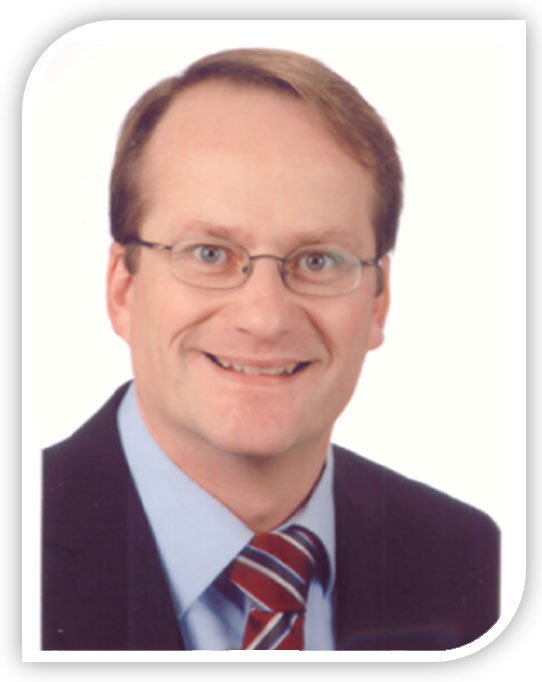
The Scientific Committee of WMS is honored to announce that Prof. Cartrsten Culmsee from University of Marburg, Germany will be joining us for our 10th Anniversary Edition of Targeting Mitochondria World Congress, which will be held in Berlin on October 28th-29th, 2019.
During the Congress Prof. Culmsee will introcuce "Role of actin-regulating proteins on mitochondria".
For more information about Targeting Mitochondria 2019: https://targeting-mitochondria.com
Mitochondria & Microbiota Inter-talk: Gut Microbiota influence Mitochondria activity in patients
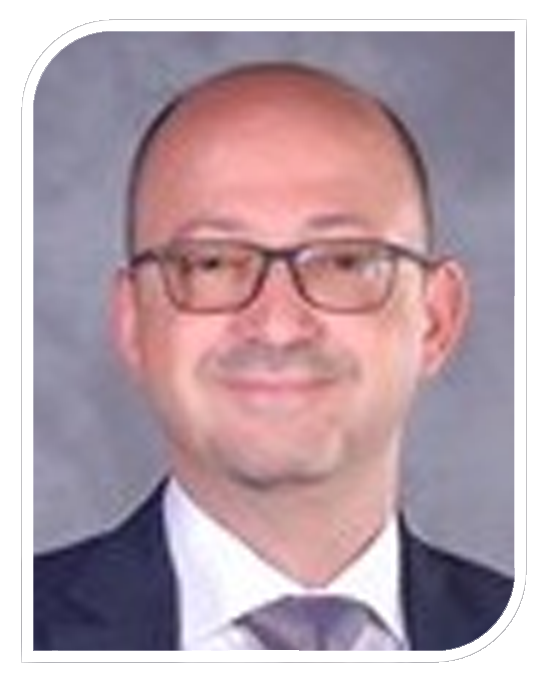
During the Targeting Mitochondria, a session will be chaired by Prof. Marvin Edeas, University Paris Descartes, INSERM U1016, France, concerning the hot topics 2019: Microbiota-Mitochondria Intertalk.
Mitochondria & Microbiota Inter-talk: Gut Microbiota inflence Mitochondria activity in patients
Marvin Edeas, University Paris Descartes, INSERM U1016, France
For more information about Targeting Mitochondria 2019: https://targeting-mitochondria.com
Mitochondrial reactive oxygen species in heart failure
 Prof. Christoph Maack from University Hospital Würzburg, Germany will join the Targeting Mitochondria 2019 Congress and present his research work entitled "Mitochondrial reactive oxygen species in heart failure".
Prof. Christoph Maack from University Hospital Würzburg, Germany will join the Targeting Mitochondria 2019 Congress and present his research work entitled "Mitochondrial reactive oxygen species in heart failure".
The heart consumes large amounts of energy through the processes of excitation-contraction (EC) coupling in cardiac myocytes. To match energy supply to demand, mitochondria take up Ca2+ via the Ca2+ uniporter (MCU), where Ca2+stimulates rate-limiting enzymes of the Krebs cycle. The main products of the Krebs cycle, NADH and FADH2, donate electrons to the electron transport chain (ETC) to build up the mitochondrial membrane potential (DYm) that is the driving force for ATP production. Furthermore, Ca2+-induced Krebs cycle stimulation also regenerates NADPH for the antioxidative capacity of the mitochondrial matrix.
Prof. Maack will highlight exactly what we obserse in heart failure during the Targeting Mitochondria Congress.
For more information about Targeting Mitochondria 2019: www.targeting-mitochondria.com
The cellular stress protein MNRR1/CHCHD2 and mitochondrial disease
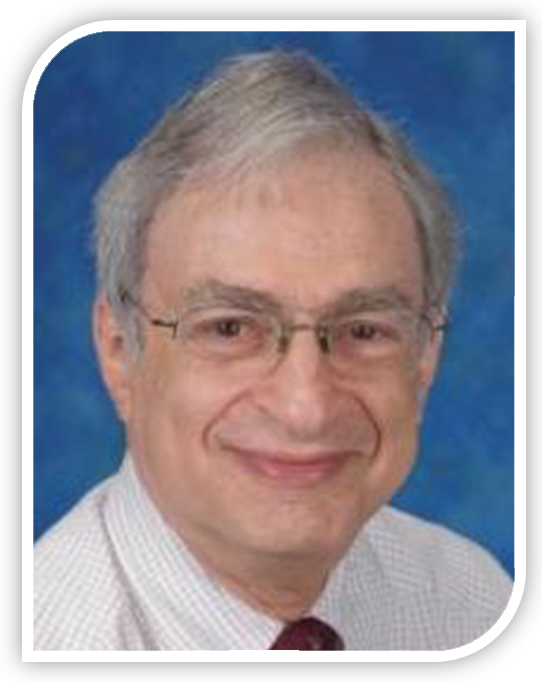
Prof. Lawrence Grossman from Wayne State University, USA will join the Targeting Mitochondria 2019 congress and will give a talk entitled "The cellular stress protein MNRR1/CHCHD2 and mitochondrial disease".
Summary of talk: MNRR1 is a key mitochondrial stress regulator with the novel property of functioning in both the nucleus and the mitochondria yet having a different function in each organelle. Because cellular depletion of MNRR1 results in a phenocopy of some mitochondrial diseases, we investigated whether manipulating MNRR1 expression could reverse the cellular defects associated with them. Notably, in a model of the mitochondrial disease MELAS we could restore abnormal cellular functions by forced expression of MNRR1 or by its activation.
For more information about Targeting Mitochondria 2019: https://targeting-mitochondria.com
Increased Hydrogen Peroxide and Decreased Glutathione Redox Potential May Cause Dopaminergic Neurodegeneration in Parkin Loss-of-Function Drosophila
 The Scientific Committee of WMS is honored to announce that Dr. Lori Buhlman, Associate Professor from the College of Graduate Studies of Midwestern University, USA, will be joining us for our 10th Anniversary Edition of Targeting Mitochondria World Congress, which will be held in Berlin on October 28th-29th, 2019.
The Scientific Committee of WMS is honored to announce that Dr. Lori Buhlman, Associate Professor from the College of Graduate Studies of Midwestern University, USA, will be joining us for our 10th Anniversary Edition of Targeting Mitochondria World Congress, which will be held in Berlin on October 28th-29th, 2019.
In her presentation entitled "Increased Hydrogen Peroxide and Decreased Glutathione Redox Potential May Cause Dopaminergic Neurodegeneration in Parkin Loss-of-Function Drosophila", Dr. Buhlman will discuss with us her recent studies on the mechanism of selective neurodegeneration in familial Parkinson’s disease. They use parkin loss-of-function Drosophila, which have selective dopaminergic neurodegeneration and motor behavior deficits. "We have observed that degenerating neurons have transiently decreased mitophagy initiation, disrupted mitochondrial dynamics and increased mitochondrial protein oxidation, none of which were detected in non-degenerating dopaminergic neurons. Current goals are to understand important differences between vulnerable and non-degenerating dopaminergic degeneration in adult and developing flies and use genetic and pharmacological interventions to address them."
For more information about Targeting Mitochondria 2019: https://targeting-mitochondria.com






